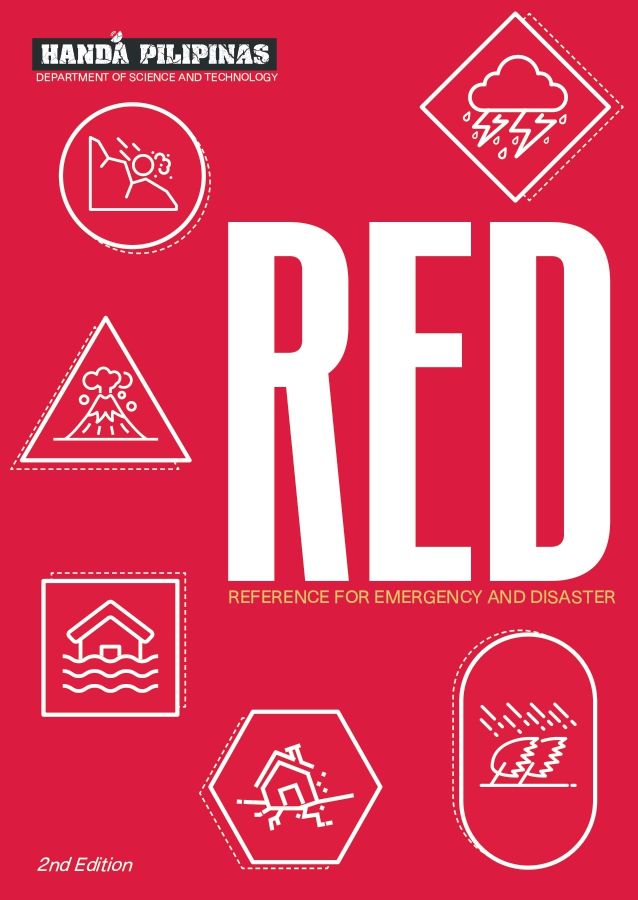The Philippines is fortunate to have bamboo growing abundantly almost everywhere. While this plant is available outright in every community, science and technology can further enhance its growth performance and ensure the sustainability of its supply, with bamboo being aptly considered as an alternative to timber.
The Department of Science and Technology’s Philippine Council for Agriculture, Aquatic and Natural Resources Research and Development (DOST-PCAARRD), through its Forestry and Environment Research Division, has identified bamboo among its priority commodities. Throughout the years, there are a good number of technologies that address various concerns on bamboo, specifically on its propagation and plantation management.
Among these technologies are propagation via branch cutting from 3-4 year old culms, and one-node culm cutting; clump management and suitable cultural treatments for two bamboo species: giant bamboo (Dendrocalamus asper Schultes f.) and kawayan tinik (Bambusa blumeana J. A. & A.H. Schultes f.).
Branch cuttings from 3-4 year old culms are the best planting materials for giant bamboo propagation. At least 10 branches can be collected from one culm. Each collected branch should have 2-3 nodes and live buds. The branch cuttings develop sprouts 7-10 days after potting. Proper care and maintenance are observed until the potted branch cuttings are ready for outplanting. Usually, the potted propagules are ready for outplanting in 3-4 months or longer.
Kawayan tinik propagation is done through one–node culm cutting. The whole culm selected for propagation is segmented into one-node-culm cutting. One-node cutting are cut out from the mother culms containing an equal portion of the lower (below the node) and upper (above the node) internodes of about 4-6 cm. After one month, rooted cuttings with sprouts are exposed to full sunlight for growth improvement. In 6-12 months, the potted cuttings are ready for outplanting.
Clump productivity should be regularly improved through clump management or maintained to hasten sustained shoot/culm yields. This could be attained through the application of regular tending operations, which includes cleaning, thinning, mounding, mulching, and fertilization.
Existing old bamboo clumps can also be rehabilitated/rejuvenated through sanitation cutting, cleaning, or fertilizer application. This offers a quick and cheap means of increasing the supply of bamboo.
These methods are widely adopted by farmers and nursery owners growing and selling bamboo for livelihood in regions 3, 4-A, 6, and 10 and beginning to be replicated by other individuals and business owners throughout the country.
PCAARRD’s partnership with the regional units of the Department of Environment and Natural Resources and state universities and colleges made these technologies possible.
The research and development initiative on bamboo propagation technique manifests the goal of PCAARRD and DOST as a whole in maximizing science and technology potentials to attain sustained growth.
PCAARRD’s initiatives will be showcased to the public when the Council participates in the National Science and Technology Week (NSTW) on July 24-28 at SMX Convention Center, Mall of Asia Complex, Pasay City. NSTW adopts the theme Philippines: A Science Nation Innovating for Global Competitiveness. On the other hand, PCAARRD adopts the theme Strategic Industry S&T Program for Agri-Aqua Growth (SIPAG) ni Juan to bolster its commitment to Outcome One – one of eight outcomes which DOST has committed to achieve for the country.
Outcome One seeks to provide science-based know-how and tools that will enable the country’s agricultural sector to raise productivity to world-class standards.
“Outcome One serves as DOST’s blueprint towards alleviating poverty in the agriculture and aquatic sectors as part of the government’s social contract with our people,” said DOST Secretary Mario G. Montejo in his message during one of the events of PCAARRD.
The other outcomes are Enterprise, Industry, IT-BPM, Government Connectivity, Health, Education, and Disaster Preparedness.
For more information about NSTW, log on to www.nstw.dost.gov.ph and www.science.ph. Admission is free. #nstw2015 #dostph #bambootechnology. (S&T Media Service)










